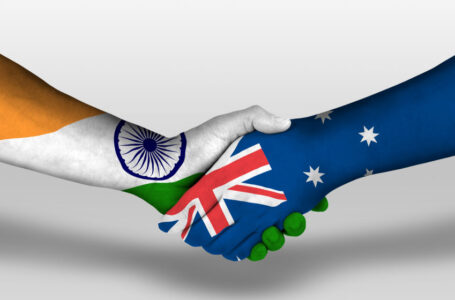Covid Aid in India: Is emergency relief reaching those in need?
India, the world’s second-most populous country, recently recorded a grim death number of 300,000. Emergency room pressures have abated somewhat from the surge in April, but services are still stretched. Countries began sending emergency medical supplies to help India cope in recent weeks, including ventilators, medicines, and oxygen equipment. By early May, over 300 tonnes of reserves arrived in Delhi alone. However, reports emerged that supplies languished in hangars or airside depots for days or even weeks despite the demand, a claim the Indian Government vehemently denied.
Pledges from nations such as the UK and the US continue, with US President Joe Biden promising millions of the AstraZeneca vaccines. The World Health Organisation pledged 4,000 oxygen concentrators to complement shipments from France and others, with loads of empty cylinders arriving from Thailand and Singapore. The benevolence from global nations has been touching; so, where is the delay in getting supplies out?
The answer is nobody quite knows. NGOs involved in responding to the COVID crisis say they are frustrated by an apparent lack of information given by officials. Pankaj Anand, Oxfam India’s director of programme and advocacy, says no tracking system is in place. This has led to mounting pressures of accountability as donor nations seek answers regarding the rollout of supplies within India. Pawan Khera of the opposition Congress party called for the Government to release more information about relief programmes, saying they owe it to the public.
Dispersal
The Government responded with an update on its guidelines on distributing aid on the 2nd of May. However, they remained silent on the details. This could be because the distribution process is complex in India. It involves several stages, too many ministries and an excess of outside agencies.

The Indian Red Cross Society is responsible for processing aid through customs, after which shipments are then handed over to another agency that transports them across the country after they are unpacked and repacked after being allocated to areas where the critical care need is high. Regardless of the challenges, the Indian Government is committed to getting aid to those in need, or so it says. In the ravaged state of Punjab, they received 100 oxygen concentrators and 2,500 doses of the life-saving drug Remdesivir last week, according to an official keen to portrait an air of efficiency. The PR machine churned out the news that the Indian Air Force delivered the “first batch” of 450 oxygen cylinders from the UK to Madras (within the southern Tamil Nadu state) last week. Lastly, 1,088 oxygen concentrators arrived from Hong Kong last week, with 738 remaining in Delhi and 350 sent to Mumbai, according to another government source. The same source assures that the “Oxygen Express”, a train delivering oxygen around India, has successfully delivered runs. In conclusion, dispersal has been slow, but the efficiency wheel appears to be turning much faster now, according to government sources.
Oxygen

While supplies have been rolled out across India, the Health Ministry report COVID cases are still too high. India accounted for almost 50% of all reported Covid infections across the world this month. The number one resources medics say they need is oxygen. Foreign donations are extremely helpful and greatly appreciated, but on-site oxygen production facilities are required to be facilitated and installed. Oxygen generators will make the difference between life and death for many. For example, two newly installed medical oxygen plants in Delhi produce 1,000 litres per minute. These have saved countless lives so far. Therefore, more is needed as India fights the COVID tide.
As the government agencies scramble to get aid to Indian states, they are also working to solve domestic oxygen supply crisis. Federal authorities repeatedly say they have enough supplies to meet demands, but there is cynicism to these claims. Last August, India’s production of oxygen was 5,700 metric tons a day. This increased to around 9,000 metric tons this year. While the Health Ministry states it has 50,000 metric tons in surplus oxygen stocks, this claim seems at odds with the stories being told by medics.
Therefore, questions remain unanswered. It may just be the case government agencies themselves are too busy to know what the current positions are. It would be disappointing to think a lack of efficiency is causing unnecessary deaths in this global pandemic.





